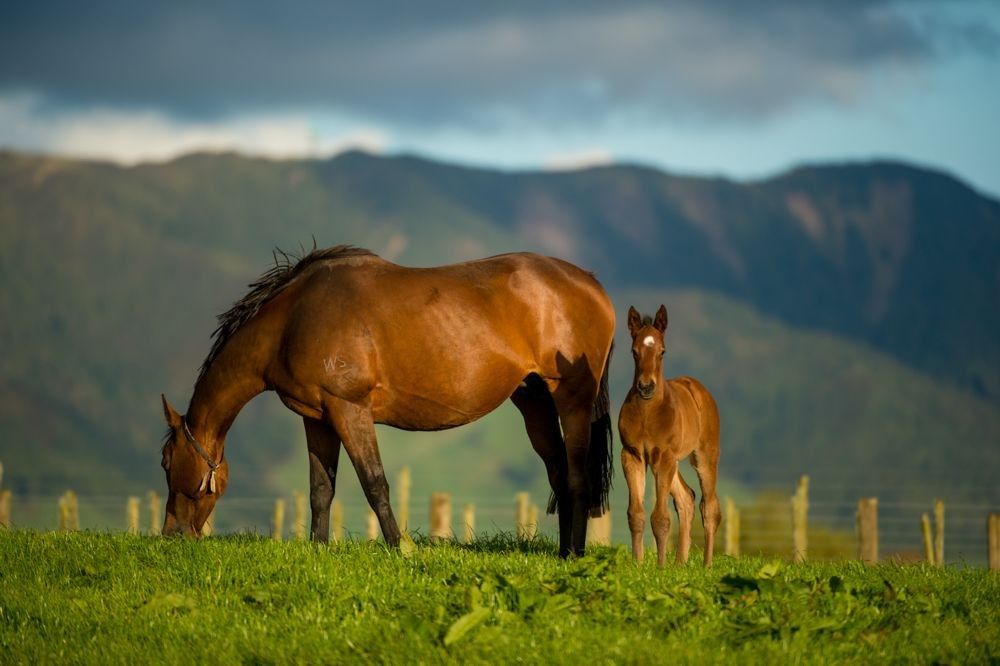LEASING BLOODSTOCK
Leasing thoroughbred bloodstock has grown in popularity in recent years and is particularly common with fillies and mares.

Breeders often lease young fillies or mares at stud as a way to save on training fees and other related costs. The lessee, in turn, enjoys the benefits of racehorse ownership without the initial capital purchase costs.
Lease agreements usually stipulate that the lessee will be responsible for all training and racing costs associated with the horse for a set period. In return, the lessee is entitled to any prize money won and other privileges associated with owning a racehorse.
Leasing can also be beneficial for breeders who want to offer a filly who has finished her racing career or a mare already at stud. In this case, the lessee can use the mare for breeding purposes for a specified length of time.
It's important that both parties seek professional advice before entering into a lease agreement, as the information on the website is not a substitute for proper guidance. The written lease document should include details of insurance, public liability cover, and routine veterinary costs.
In the majority of cases, lease agreements prove to be mutually beneficial. However, a written document is essential as verbal agreements can become blurred over time, and the terms of the deal need to be clear to avoid misunderstandings.
Remember to plan for the unexpected and seek professional advice before entering into any such agreement.

